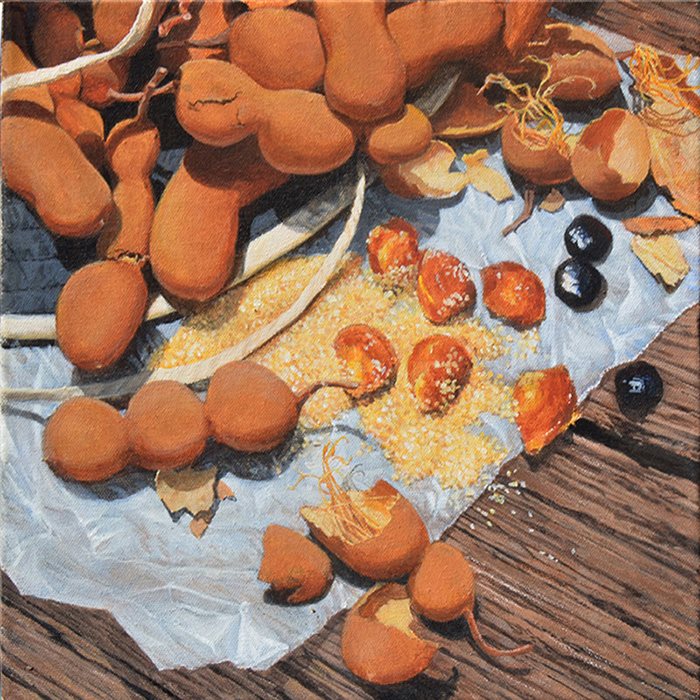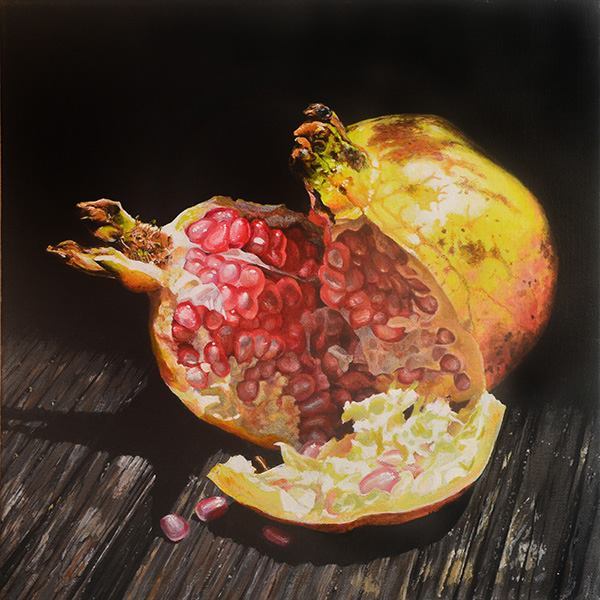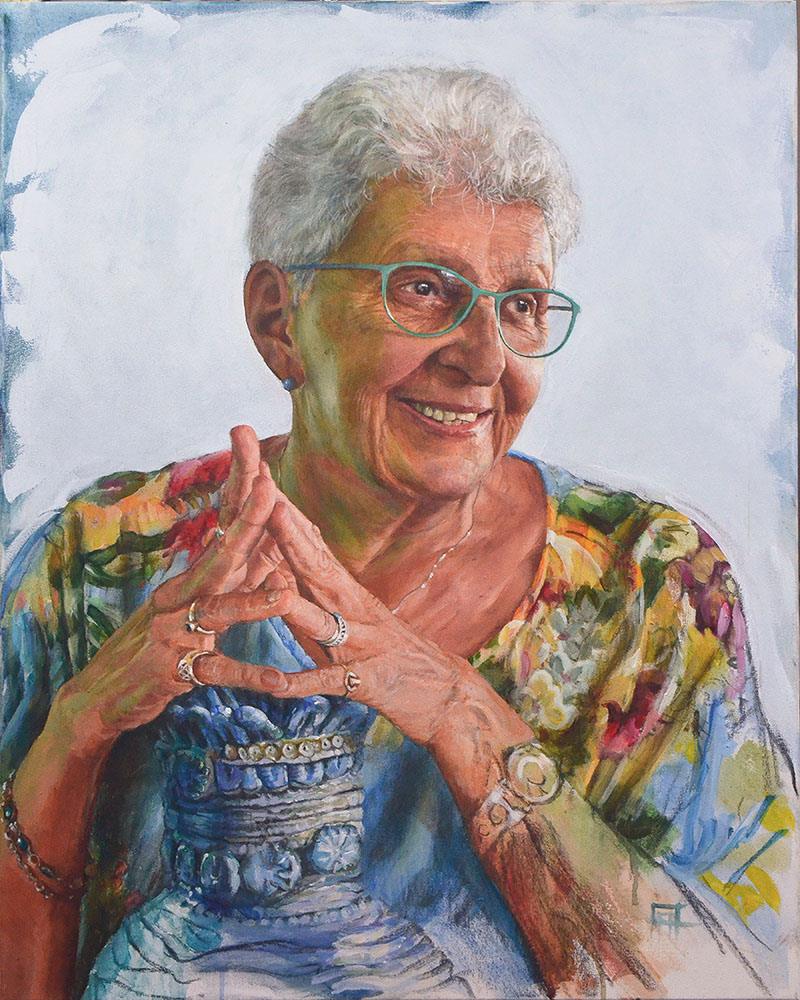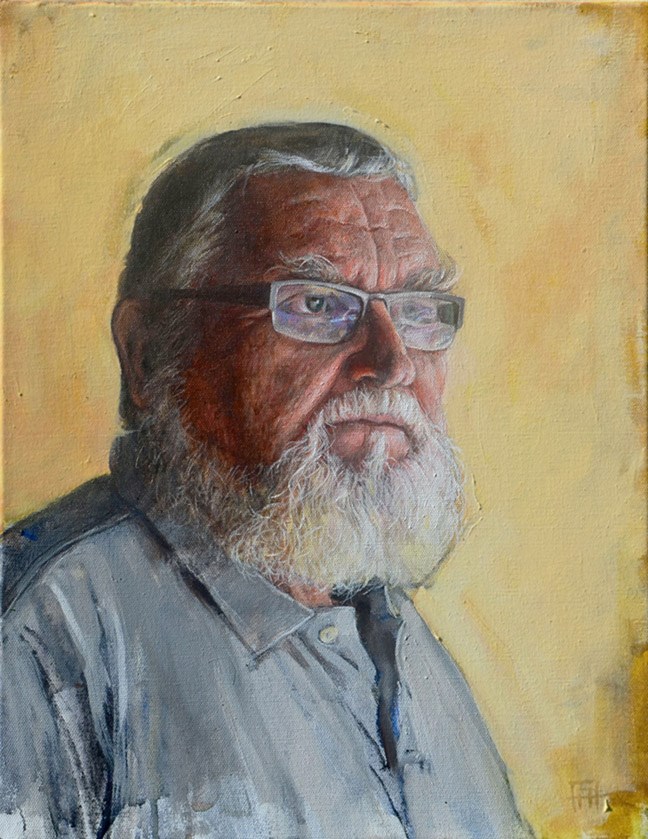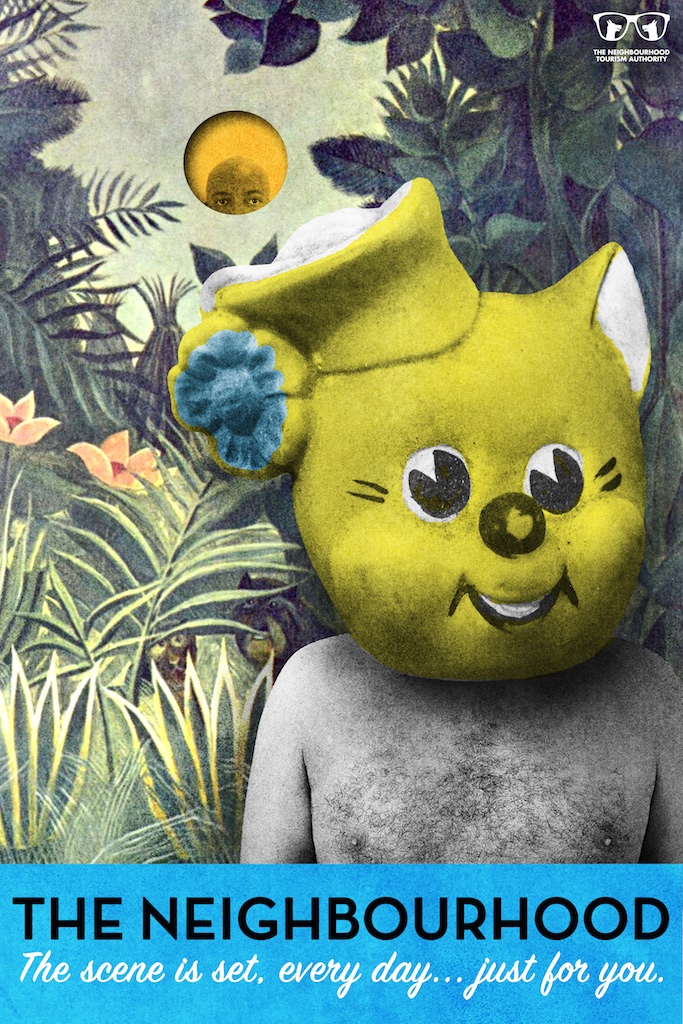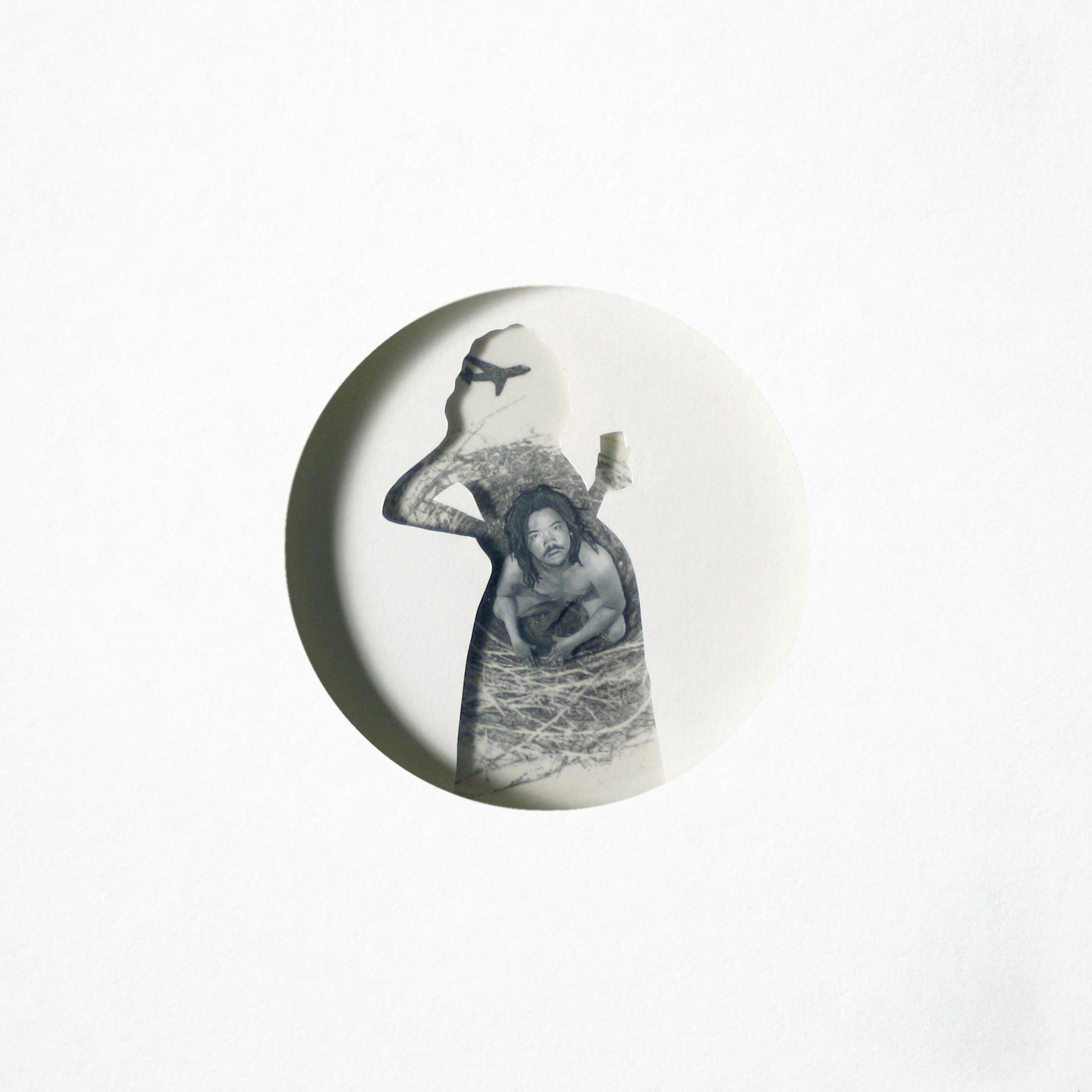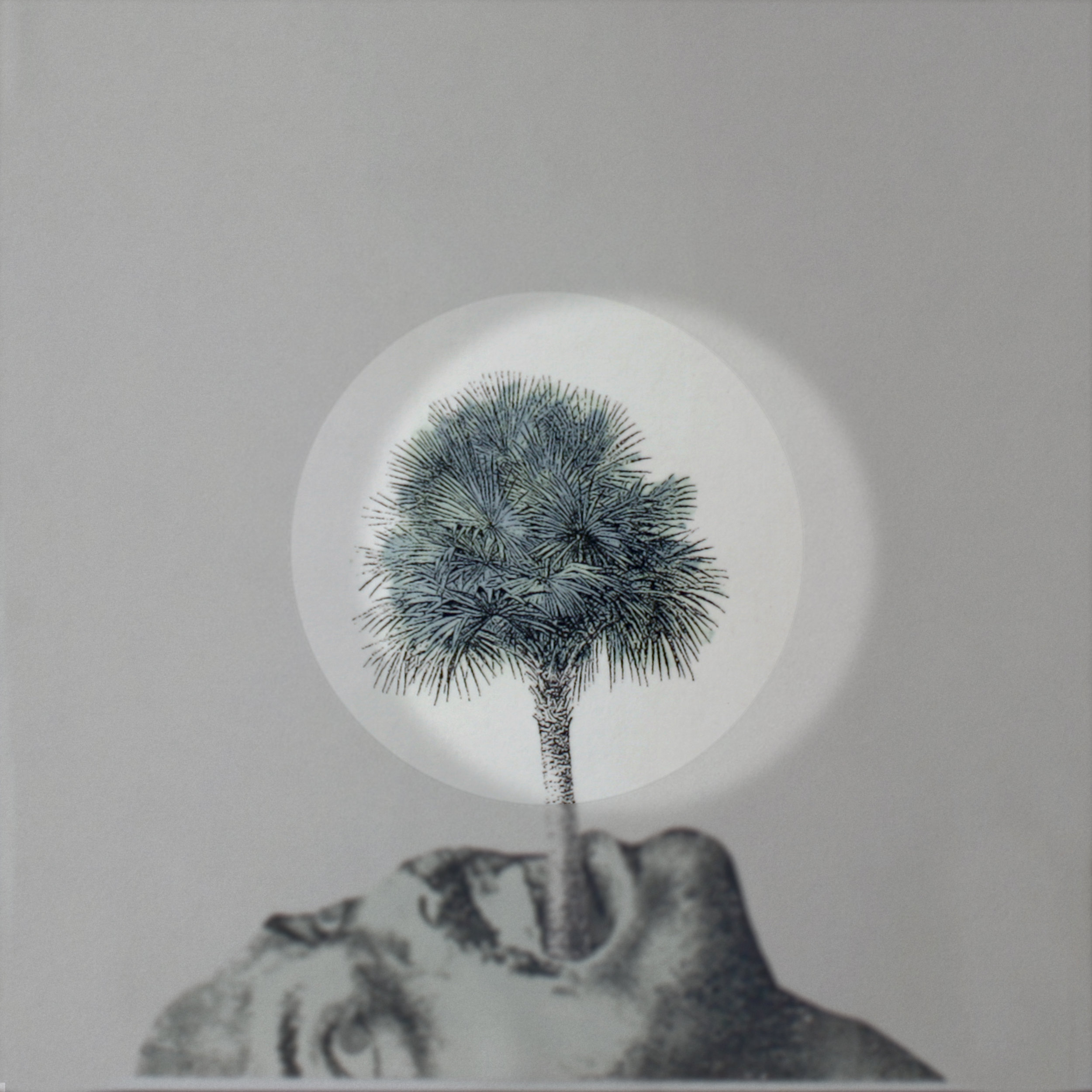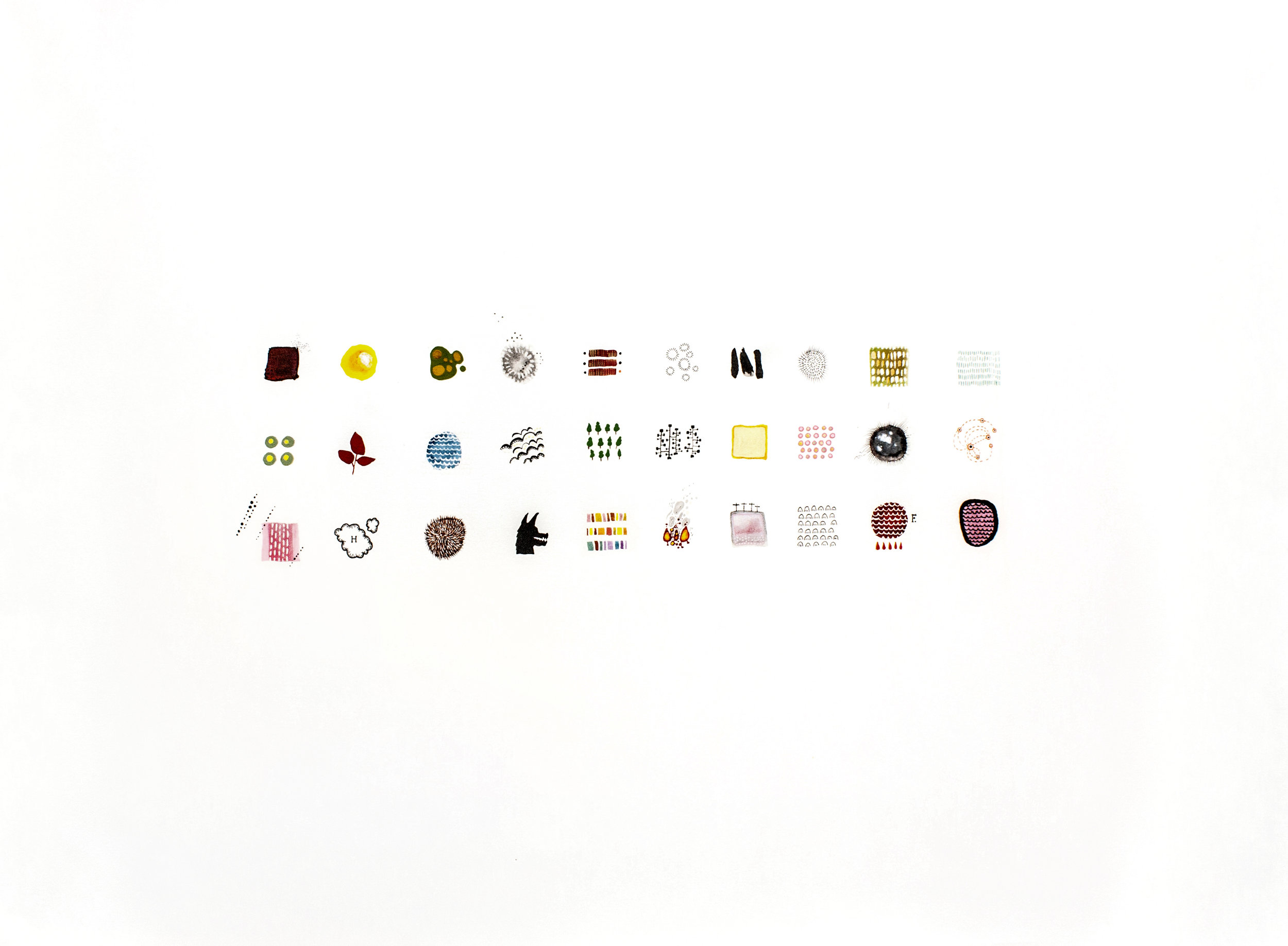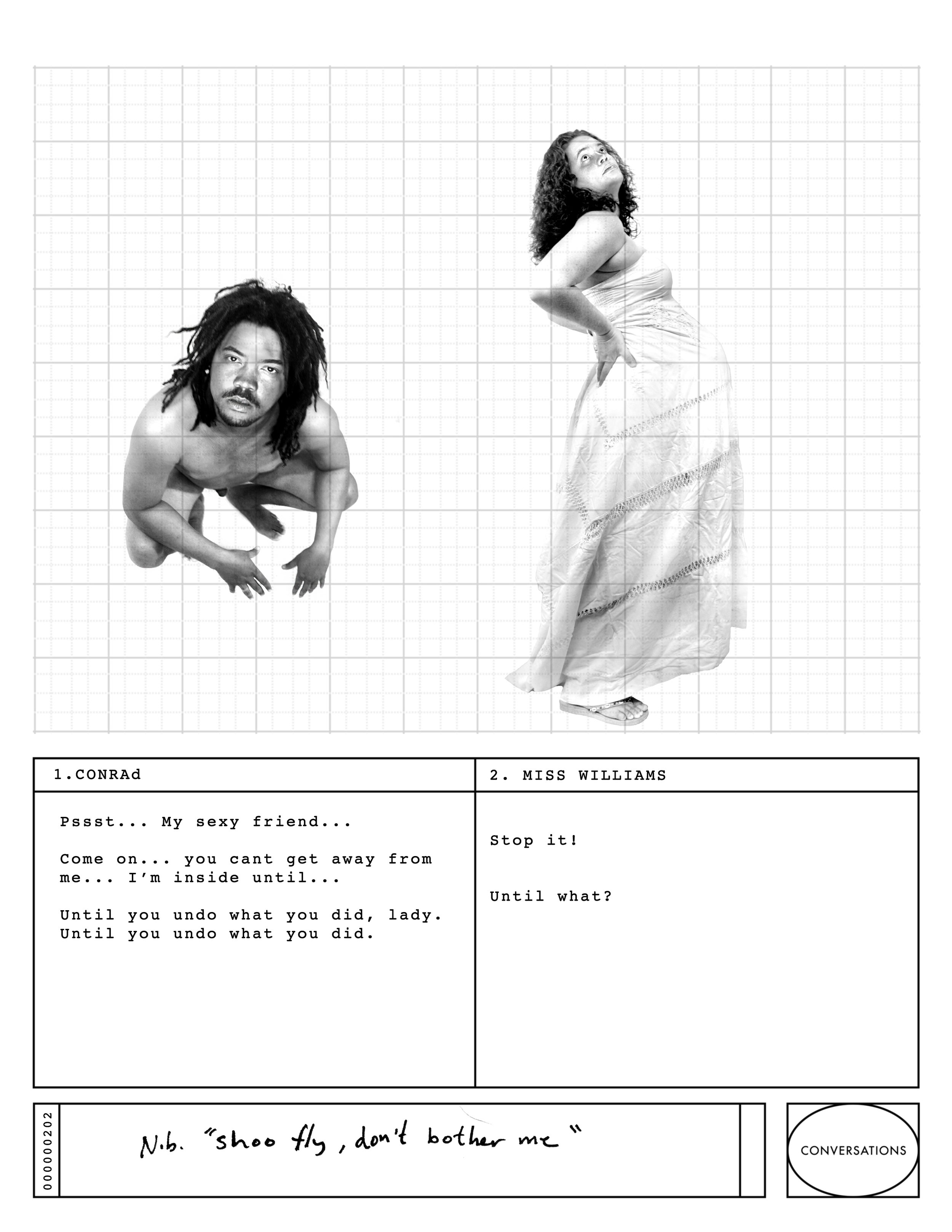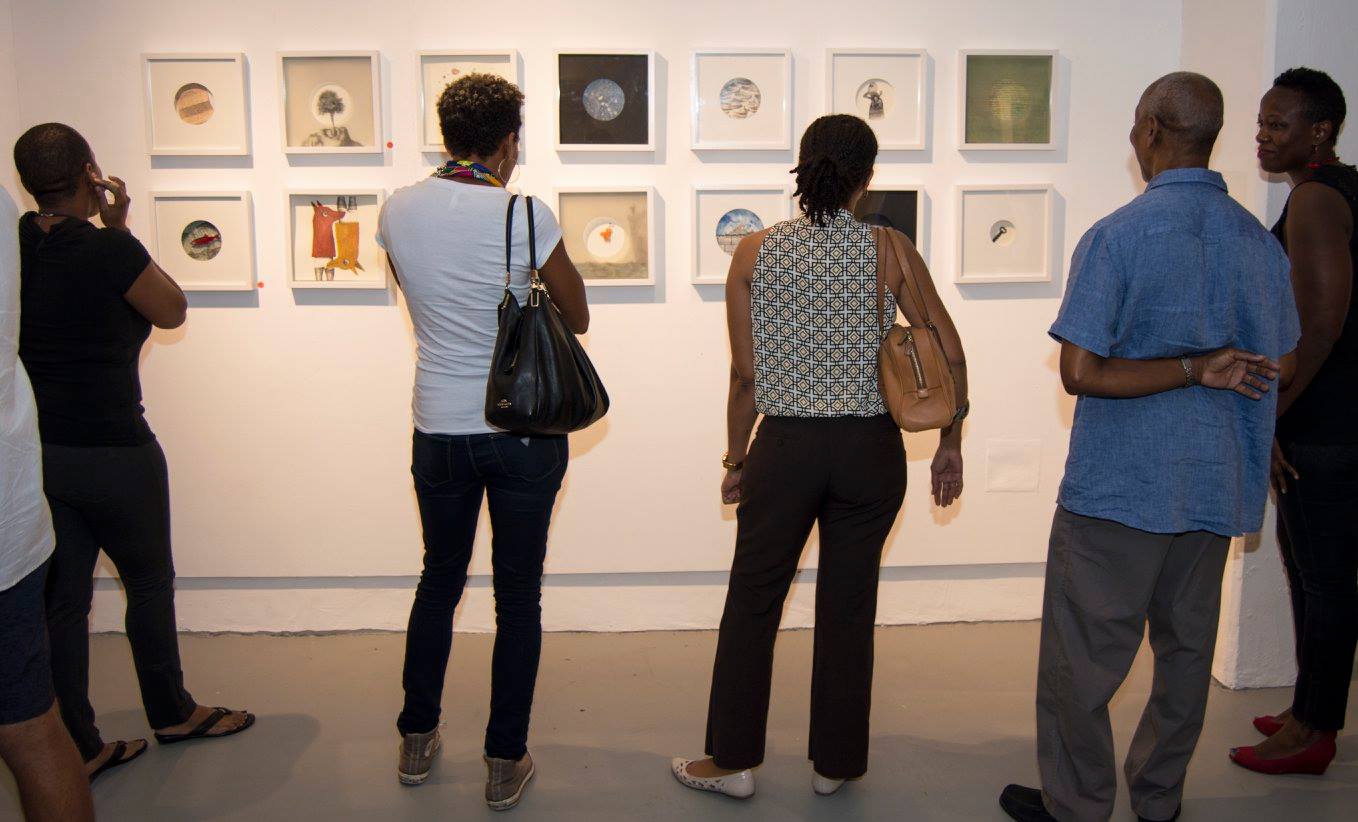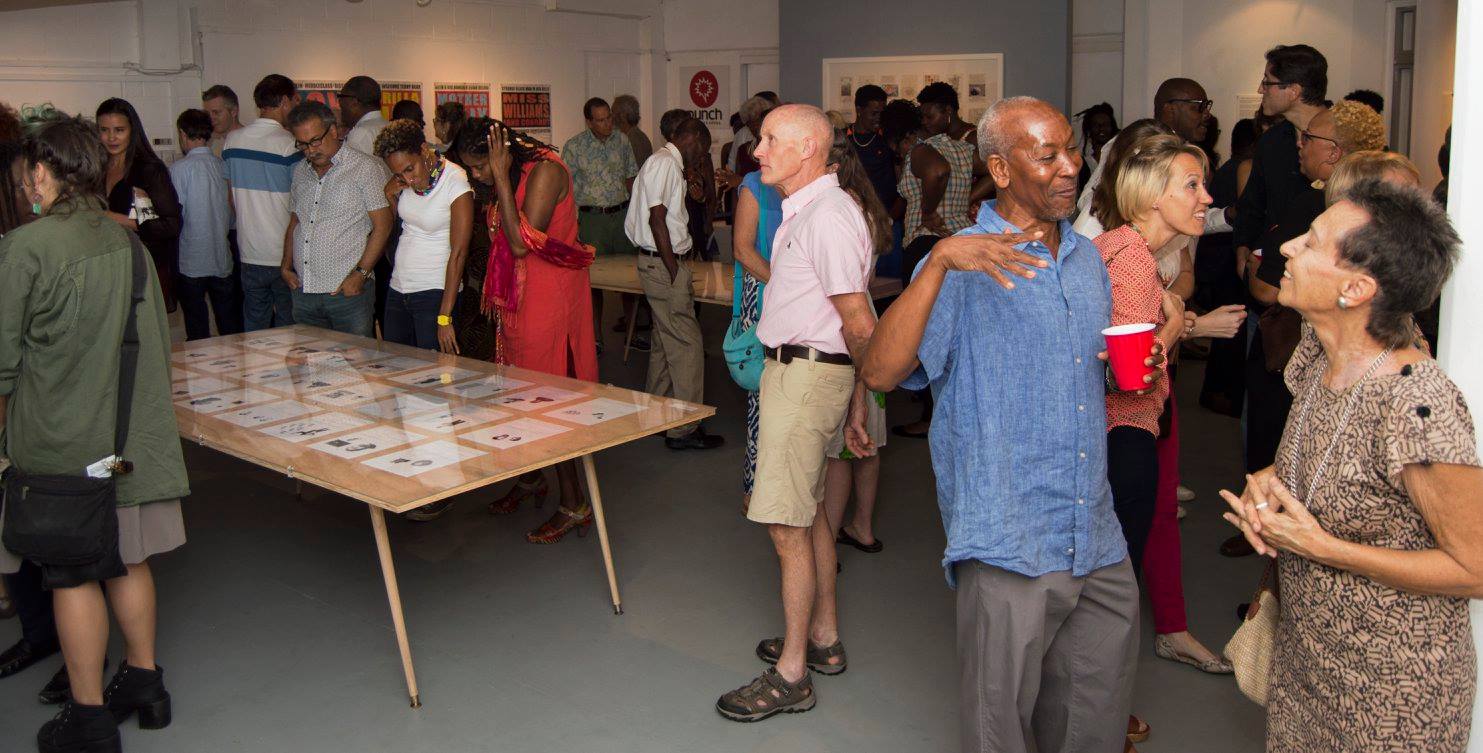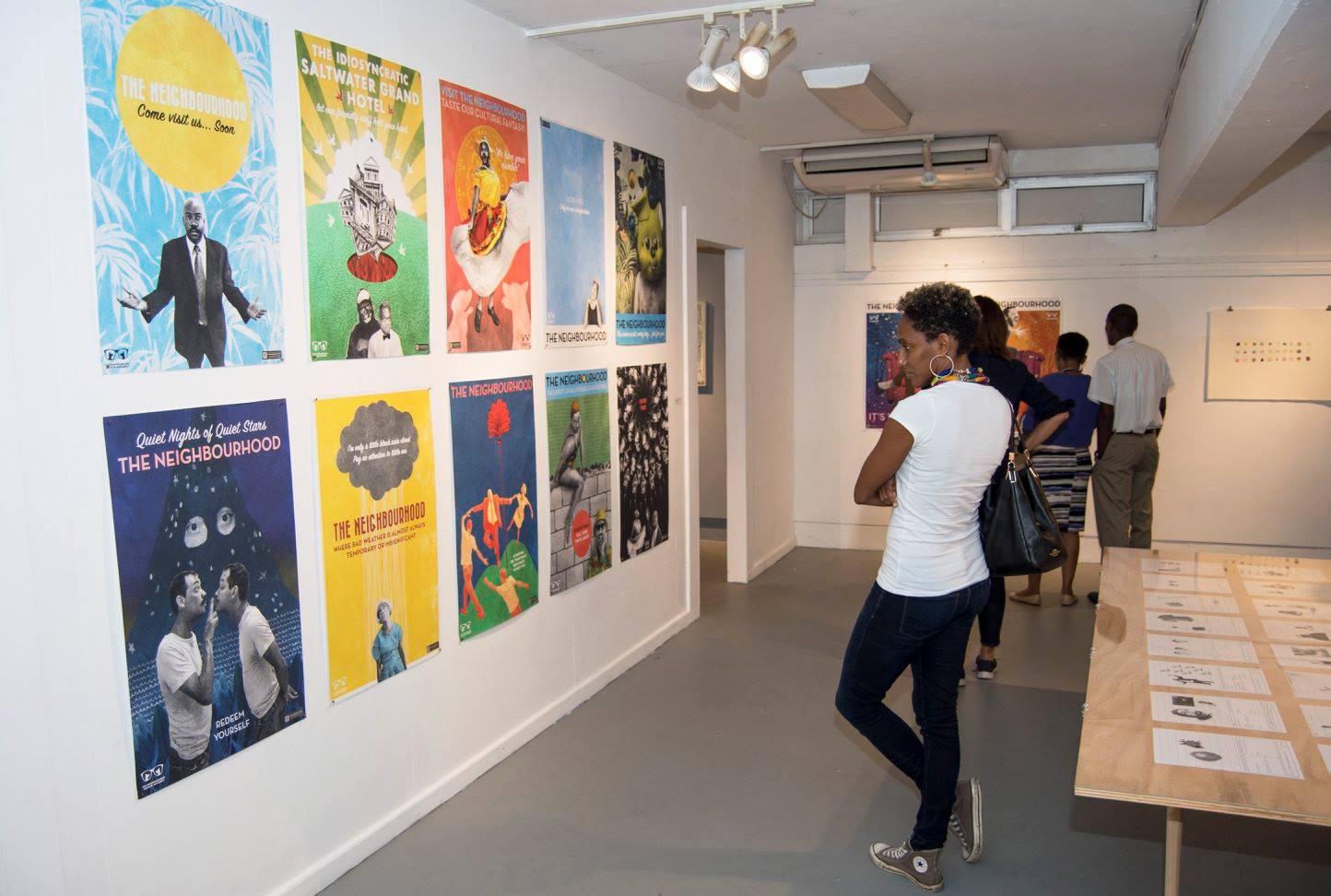Æ : Arthur and Ewan Atkinson
Location : Morningside Gallery, Barbados Community College
Opening reception: February 15th 2017
Exhibition dates: February 15th to March 3rd 2017
Punch Hotseat: February 22nd 2017
Website : Ewan Atkinson, The Neighborhood Project
ARTIST STATEMENT: ARTHUR ATKINSON
I started exhibiting in 1968 and my subject matter has always been inspired by Barbados and things Bajan. The familiar. My experience.
Though my paintings have been representational they have not always been realistically depicted. These are very realistic, bordering on photo-realism but that was not my objective. I did not set out to create this body of work. It evolved over a period of years while I did other things. Looking back it feels like an exercise in becoming even more familiar with the subjects and sharing both the experiences and the visuals with the viewers.
ARTIST STATEMENT: EWAN ATKINSON
I started investigating The Neighbourhood eleven years ago.
The place has never left my mind and it continues to seduce.
What began as “birds-eye supposition” has evolved into obsessive research and fervent accumulation.
It is a reconnaissance mission of sorts, one in which meanings are often ephemeral and supposition remains a comforting and valuable exercise.
This particular collection of artifacts and impressions represent recent discoveries.
We are allowed a glimpse into the life of Dr. Tobias Boz (and the stray dogs he studies). The e orts of an unnamed archivist let us “listen in” to revealing conversations, and scrutinize some of the residents’ cherished (or not so cherished) belongings. There is evidence of an attempt to market The Neighbourhood as a tourist destination and that at some point an election was held to nd the perfect representative.
I have found that nothing collected here comes without the baggage of second-hand interpretation; ltered, skewed or obscured by the perspectives of another. We are not always allowed clear vision. Information arrives encoded. Finding a key requires a walk in someone else’s shoes, but to be entertained... well, that is a different story.
So welcome back to The Neighbourhood.
You have probably been there before.
CURATORIAL STATEMENT
What is the relationship between looking and seeing; between remembering and imagining?
æ – is the title of this two-person exhibition which presents the work of Arthur Atkinson and Ewan Atkinson, both well-recognized artists, father and son, showing their work together for the first time.
æ – is also the symbol, or more specifically a grapheme, formed by linking the letters a and e to form a singular unit of sound known by the name æsc or ash. Found in the Old English Latin alphabet, it can still be seen in traditional spellings of words of Ancient Greek or Latin origin, such as encyclopædia and archæology. And it fortuitously combines the two initial letters of the artists’ first names.
The exhibition then provides an opportunity for the viewer to see two significant bodies of work that each artist has built up over a number of years. And joined together in this show, it encourages us to seek out connections and expanded meanings.
A fascination with looking lies at the core for both artists. Arthur presents portraits and still lifes, all meticulously observed. They emerge out of personal experiences and hold particular significance for him. “I don’t paint things that I don’t know,” he asserts. Perhaps this is why the work is so popular with local audiences: they too can identify with the experiences recorded. The subject matter is recognizably bajan, even nostaligic. The composition is deliberate and the light effects are often dramatic, particularly in the smaller still-lifes. They are rendered with a photo-realistic precision that impresses the viewer with their technical mastery and sensitive handling. But what appears ‘natural’ is often the result of careful manipulation. Arthur works from photographic reference, often manipulating images in Photoshop to achieve the desired effect. The seemingly fleeting immediacy of the subjects we observe is illusory.
For Ewan, looking is a performative act. It is linked to how we learn to read the world around us, how we acquire and process information and knowledge. He is fascinated by the relationship between fact and fiction, real versus fake, original versus reproduction, documented versus invented, all of which are linked to the creation of meaning and the building of narrative.
Ewan’s narrative is told through an imagined cast of characters that make up The Neighbourhood, a community where all of the residents bear an uncanny resemblance to the artist himself. An archive of documents and memorabilia are presented – travel posters, election pamphlets, pages from an anthrozoologist’s fieldbook, recorded dialogues, assembled trinkets, snapshops, ledgers, and diagrams which serve as keys and guides that lead us to a supposedly true understanding of this strangely familiar place. The co-mingling of the original and authentic with the reproduction and facsimile complicate the relationship between looking and knowing.
This archival aesthetic is also found in the centerpiece of Arthur’s display. The painting, The Life and Times of Miss Ornella Workman, is not a painting. Three printed reproductions of his own paintings are collaged with facsimiles of documents, ephemera and memorabilia that amplify and complicate this portrait with biographical details, personal predilections and historical context that link Ornella’s full life with many of the viewers who recognize or recall the references.
Equally, while Ewan’s work is immersed in an imagined world, the touchstone is always Barbados. And while humour and critique are biting in Ewan’s constructions, these same elements are not absent in Arthur’s.
What both artists recognize is that while art can acknowledge and celebrate shared cultural experiences, it also has the potential to intervene and disrupt the rules and norms within the symbolic order of culture. In this way, it has the potential to challenge our lived relation to reality, thereby cutting an opening into the imaginative realm in which alternatives become thinkable.[1]
[1] Kobena Mercer, Travel and See, (Durham: Duke University Press, 2016).







